10 Things Burglars Notice Immediately When Scoping a House
Before burglars break in, they scout and size up potential targets. But what exactly do they look at before they break in? It’s not always high-tech alarms or snarling dogs that throw them off. Sometimes, it’s what you least expect. These 15 red flags are what burglars pick up on first, often within seconds.
Mail Piling Up
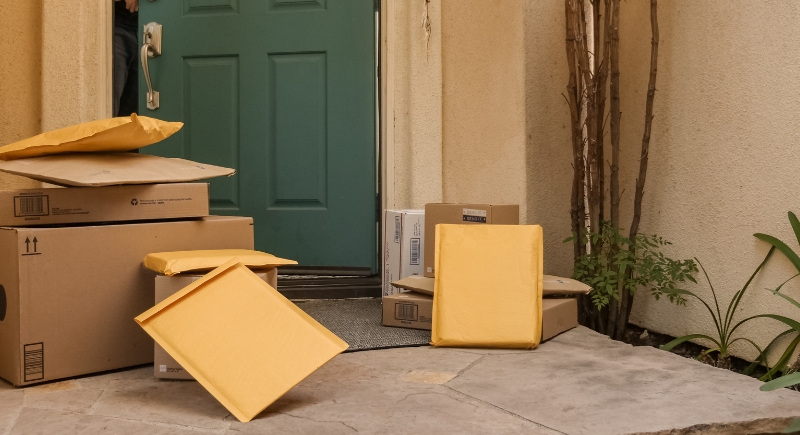
Credit: pexels
A few days of untouched mail or newspapers on the porch signal that no one’s home. This is practically a welcome sign to a burglar. It’s why many recommend asking a neighbor to grab your mail if you’re heading out of town.
Lights That Don’t Match the Time of Day

Credit: pexels
Burglars pay attention to lighting patterns. If a porch light stays on all day or interior lights follow the exact same schedule every night, it can signal that no one’s home. Some thieves watch houses over time to spot these habits. Timers help, but only if the lighting schedule feels natural and not robotic.
Visible Valuables Through Windows
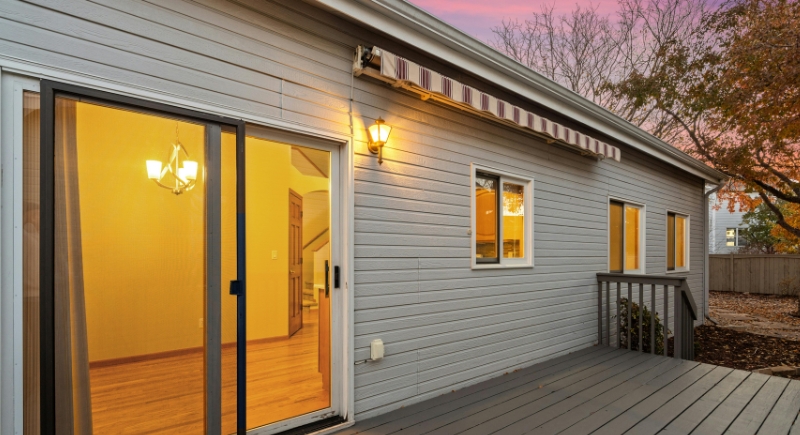
Credit: pexels
No one needs to enter yur home to take inventory. A quick look through a ground-floor window can reveal laptops, game consoles, and jewelry boxes. Homes with open blinds and expensive items in plain sight are higher-risk targets. Some experts even suggest walking outside your house at night to see what a stranger could see.
Lack of Cameras or Security Stickers
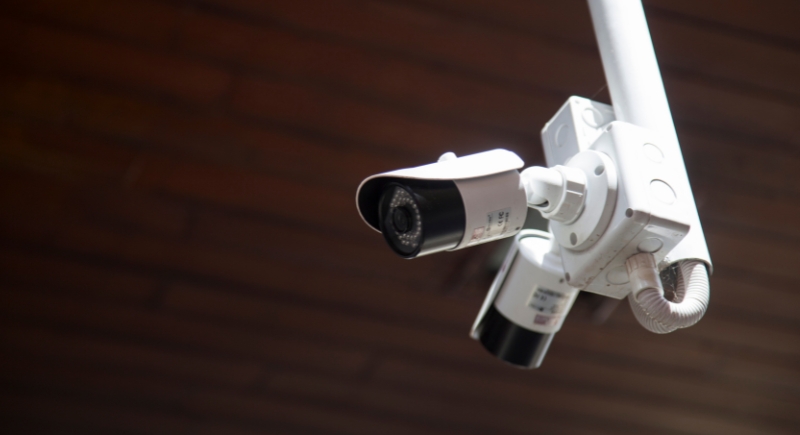
Credit: Canva
Even the illusion of security works. Stickers or yard signs from alarm companies deter many burglars before they take another step. If there’s no sign of surveillance, no visible camera, motion light, or signage, it tells them your home might be easy to enter and exit unnoticed.
Forgotten Side Entrances and Back Gates
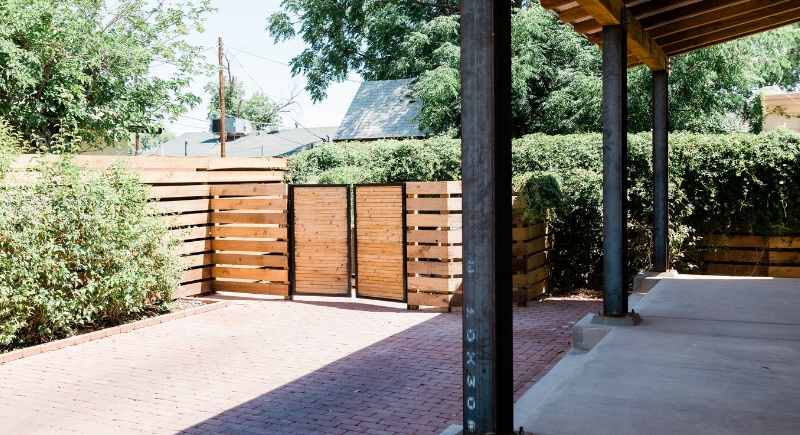
Credit: corelens
Many homeowners secure the front of the house but forget about side doors or backyard gates. Burglars, on the other hand, check for easy, hidden ways in, especially spots that are shielded from street view.
Missing or Untidy Landscaping

Credit: Getty Images
Overgrown bushes and uncut grass signal absence because burglars know most people tend their yards regularly. A neglected lawn can mean the homeowner is away or inconsistent, which lowers the risk of being interrupted. Some even hide behind untrimmed hedges to stay out of view while they test a door or look into windows.
Noisy Dogs or Total Silence

Credit: Getty Images
Burglars are quick to clock pets. A noisy, reactive dog, no matter the size, can make them think twice, while complete silence may hint at an unoccupied house. Research published in the Security Journal found that barking dogs significantly reduce the likelihood of break-ins.
Open Garage Doors
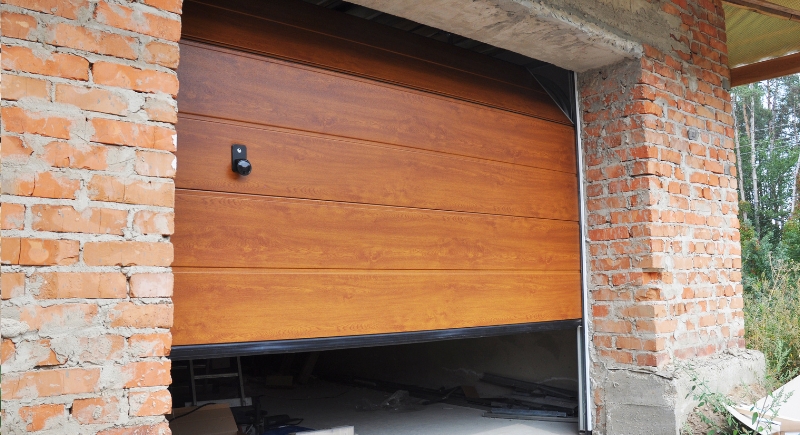
Credit: Getty Images
An open or slightly ajar garage tells burglars two things: you might be forgetful, and there’s probably easy-access stuff inside, like tools or bikes. Garages often lead into the house through weaker interior doors, which makes this one of the first areas burglars inspect during a drive-by.
Flyers or Door Hangers That Stay Put

Credit: Getty Images
Flyers left untouched for a few days serve as makeshift “out-of-office” replies. Burglars sometimes use this tactic themselves: they leave junk ads or fake business cards to track if anyone removes them. If they’re still stuck to your door the next time they walk by, they may assume no one’s been home.
Inconsistent Routines

Credit: Getty Images
For some thieves, a few days of observation is usually enough to detect your schedule: when you leave, come back, and which part of the house you go to first. If they see the same patterns each day, they’ll plan their break-in when they know you won’t be home.
Strangers Going Unquestioned

Credit: pexels
If someone can hang around your block without anyone asking why, that’s a green light for more observation. Burglars might pretend to jog, walk dogs, or sell something just to see how much attention they attract.
No Motion Lights Near Entry Points

Credit: pexels
Motion-activated lights, besides being a smart investment, are annoying for burglars. When they approach a door or climb a fence and suddenly get lit up, it messes with their timing and increases their chances of being seen. If your entry points are in total darkness at night, you’re giving burglars the cover they crave.
Open Wi-Fi Networks and Smart Tech Vulnerabilities

Credit: Getty Images
Surprisingly, tech-savvy burglars can sniff out vulnerabilities without touching your house. If your Wi-Fi is unsecured, they might try hacking into your smart locks or cameras remotely. A 2023 cybersecurity report revealed that smart homes are increasingly targeted through digital backdoors.
Trash That Tells Too Much

Credit: Canva
Discarded receipts, packaging for expensive items, or mail with personal info can reveal more than you think. Burglars sometimes rifle through garbage to find clues about what’s inside your house or when you’ll be away. Shred sensitive papers and break down boxes for high-value purchases before tossing them out.
Sudden Drop In Activity

Credit: Getty Images
A house that’s usually lively (cars in the driveway, porch lights at night, kids playing outside) but suddenly goes quiet might tip off burglars. Whether you’re on vacation or away for an emergency, that change stands out. If burglars had eyes on your place before, the sudden inactivity tells them the coast may be clear for the taking.